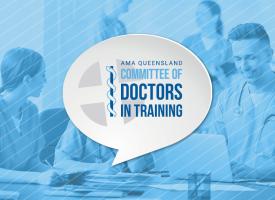New thinking needed on medical workforce
The AMA has released its updated Position Statement on Medical Workforce and Training 2019 to address the two most important issues affecting the sustainability of the medical workforce – capacity and distribution.
The number of doctors in Australia (2015) sits just above the Organisation for Economic Cooperation and Development (OECD) average at 3.5 per 1000 population (compared to 2.8 per 1000 in the UK and 2.6 per 1000 population in the USA).
“Over the past decade, the number of doctors in Australia has increased significantly, driven by a considerable rise in the number of medical schools and medical graduates,” AMA President, Dr Tony Bartone said
“But record growth in medical graduate numbers to well above the OECD average has raised concerns about a potential medical workforce oversupply in the years ahead.
“Notwithstanding this, distribution of the medical workforce remains an issue – both geographically and by specialty.
“Importantly, this Position Statement will inform AMA advocacy on the key tenets of a National Medical Workforce Strategy to be developed by the National Medical Training Advisory Network (NMTAN)” Dr Tessa Kennedy, AMA Council of Doctors in Training said.
“It gives the AMA a mandate to prosecute the case for the key issues that are impacting on medical workforce and training in Australia.”
This includes calling on the Commonwealth to act in several areas, including:
- regulating full fee paying domestic and international medical student numbers, and committing to no further increase in the total number of medical school places to address issues of oversupply;
- accrediting all prevocational training positions to address issues of poor-quality training for prevocational doctors not in a College training program; and
- creating training and employment opportunities to improve the distribution of the medical workforce in areas of unmet community need. A key consideration will be how to develop service networks, employment, and training models to meet the healthcare needs of communities, including the service requirements of hospitals, without creating training stresses.
Read the AMA Position Statement on Medical Workforce and Training 2019 here
Read the AMA media release here



